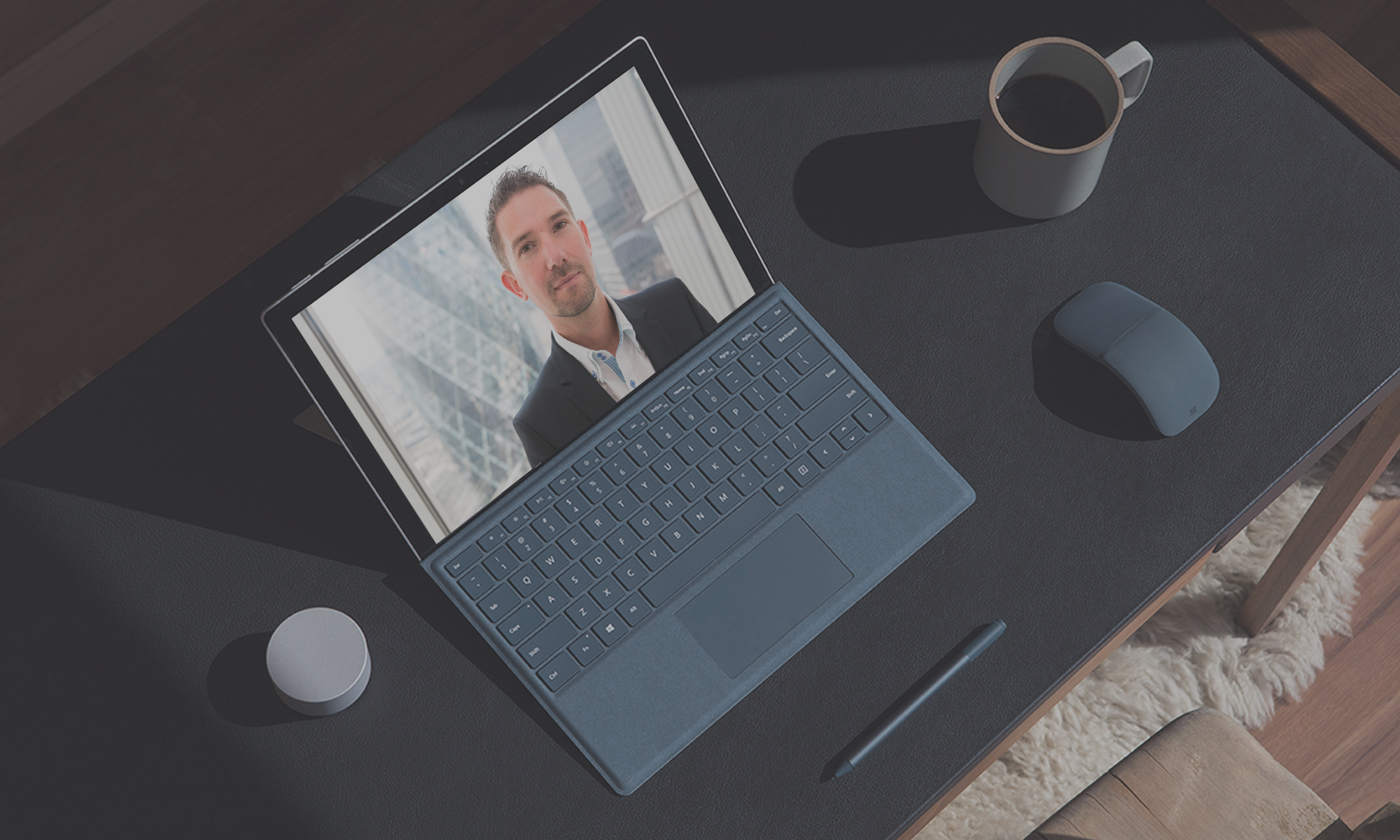Yes, the Copilot Researcher Agent, once focused purely on gathering and summarising information, can now take action on your device through a capability called Computer Use. This provides secure interaction with both public and gated web content through a virtual computer which allows human and Copilot control. It requires a Microsoft 365 Copilot license, supports advanced content creation. It can be disabled by IT admins, but comes enabled by default.

This represents part of the next evolution of how we think about and use AI in the workplace and our personal lives.
What Is Computer Use?
This enhancement to Researcher should help users uncover deeper insights, take action, and generate richer reports grounded in both their work data and the web even with gated content that requires the user to take over the browser or to authenticate to content, accept CAPTAs and more.
Computer Use allows Copilot to go beyond simply telling you what it finds. It can now:
- Open docs and web-pages directly and read, navigate web-sites and docs (including PDFs).
- Navigate menus, click buttons, and move through dialogue boxes.
- Execute tasks such as generating a charts, drafting an email, or applying formatting.
It does this in the context of a Microsoft hosted secure virtual PC and does not take over your personal device.
How This Differs from the Current Researcher Agent
The Researcher Agent as we’ve known it has been a powerful tool for finding and contextualising information. It queries internal and external sources, summarises results, and provides references. But until now, it stopped short of doing anything with that information other than the relatively limited for sting capability that it provides ready for your cut and paste skills.
This is where the new Computer Use tools come in by adding the following differences.
- Researcher Agent (today): Finds, summarises, and presents knowledge.
- Researcher Agent with Computer Use: Acts on that knowledge by operating applications and completing tasks, this mess it will be able to leverage the full power of desktops apps to make the output more polished. It can also access secured/gated resources by opening the website or resource in a virtual secure browser and passing control back to you to sign-in with your credentials to access such content.
This allows (as you can see in my example below), Researcher to actually browse the web, reason over the pages it finds and conduct research more efficiently than just using it’s LLMs and AI search mode. The result “should” be a much more fluid, accurate and representative piece of research.
Where Researcher was your simply your analyst, Reseacher with Computer Use becomes more of a full-assistant – able to take the next step and apply the insights directly into your workflow.
Why This makes a difference
This (and as it evolves) has the potential to make. A big difference in the way output is produced as it can leverage it’s research inside the core apps you would typically use when brining information together such as Word or Excel.
As such the implications are significant:
- Reduced friction: Fewer clicks, fewer context switches, less manual effort.
- Consistency: Routine tasks (like formatting reports or applying compliance templates) are executed the same way every time.
- Accessibility: Natural language becomes the new interface, lowering barriers for all users.
- Extends the range of access Researcher has which means users can now generate rich artifacts such as presentations, spreadsheets, and applications using advanced code generation.
This is really about amplifying the output and cutting out more steps, with Copilot handling more of the set the mechanics once the output is created.
Guardrails and Trust
Many will have yet more concerns about what AI can do and how much control it has.

Microsoft has built Computer Use with transparency and control in mind and bear in mind it is NOT talking over actual control of your device. As such:

- It only acts when explicitly instructed (you need to enable computer use).
- It shows you what it’s doing the whole time with total transparency
- It respects organisational policies and permissions and can’t do anything or access anything you cannot already access.
- Passes control back to you if its need you to sign-in to access secure or gates resources
- You have control over what Researcher can access with regards web data and work data (based on your access rights naturally).
User credentials are never transfered to or from the sandbox environment, and all intermediate files are automatically deleted when sessions end. This ensures that this AI automation does not come at the cost of compliance or user trust. You are always in control.
The diagram below, depicts how it works.

The future...
This is part of a broader trend: AI agents are evolving from passive Copilots to active collaborators. Workflows are becoming conversational, not procedural and the tools start to fade into the background, and outcomes come to the foreground.
For leaders, strategists, and IT professionals, the challenge now is to rethink processes, training, and measurement in a world where AI doesn’t just inform work it does it with and for us.
This latest addition of Computer Use to the Researcher Agent is a signal of what’s to come. The pace of change and evolution of these tools is rapid. The future of AI at work continues to punch boundaries and evolve from just finding and researching towards doing stuff for us….
What do you think? Have you tried it yet?
Read more at Microsoft
Read more on this at Microsoft
Check out my first use video below:

